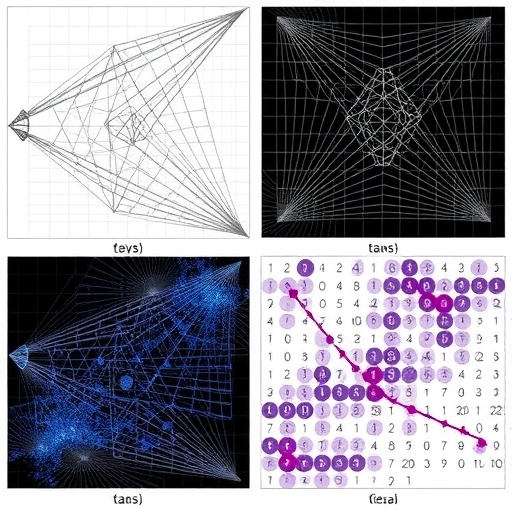AUSTIN, Texas–A new study by the Texas Policy Evaluation Project (TxPEP) finds that the number of second-trimester abortions in Texas increased 13 percent after the implementation of the restrictive abortion law known as House Bill 2 (HB 2), even as the total number of abortions declined by 18 percent. Overall, women received abortion care one week later, on average, in the period after the law took effect.
The study concludes that the law’s provisions, which resulted in the closure of half of the state’s abortion facilities and created provider shortages, delayed Texas women’s access to abortion care. These findings show that restrictive abortion laws reduce women’s access to care and delay the timing of their abortions.
According to the study, published today in Obstetrics & Gynecology, women facing barriers to access were more likely to have a second-trimester abortion, including those who:
- Lived greater distances from abortion clinics (50-99 miles from the nearest facility)
- Lived in regions with lower abortion clinic density (less than one facility for 250,000 reproductive -aged women)
- Waited longer (three or more days) for the initial state-mandated consultation visit, required at least 24 hours prior to abortion
“The 2013 law created even more barriers to abortion in Texas, and we can clearly see the result–women seeking services were pushed into the second trimester,” said Kari White, lead author of the study, investigator at TxPEP, and associate professor of health care organization and policy at the University of Alabama, Birmingham. “Women’s health policies should focus on ensuring women have access to timely, evidence-based care, not on creating obstacles that delay it.”
Abortions that take place after 12 weeks of pregnancy are safe, although the risk of complications increases later in pregnancy. In addition, abortion after the first trimester is more expensive, and fewer facilities offer the service. Moreover, women seeking abortion generally prefer to have the procedure earlier in pregnancy.
“Given the recent national debate over later abortions, it’s important to recognize that restrictive laws are a major obstacle preventing women from obtaining abortions earlier in pregnancy,” said Dr. Daniel Grossman, investigator at TxPEP and professor of obstetrics and gynecology at the University of California, San Francisco. “Once a patient has decided to have an abortion, access to care should be expedited, rather than placing barriers in her way that unnecessarily delay her care. Those who support reducing the number of later abortions should also support eliminating these unnecessary and burdensome restrictions.”
The Supreme Court’s ruling in Whole Woman’s Health v. Hellerstedt struck down the two major provisions of Texas’ restrictive law in June 2016, requirements that abortion providers have admitting privileges at a local hospital and that abortion clinics meet the standards of ambulatory surgical centers. However, Texas still has half the number of facilities it had before the law was passed in July 2013, which means that its effects are still impacting access to abortion care in Texas today.
The study compared changes in second-trimester abortion between two time periods: the 12 months before the 2013 law was introduced and passed, Nov. 2011 – Oct. 2012, and the 12 months after the law was implemented, Nov. 2013 – Oct. 2014. Researchers found a total of 6,813 second-trimester abortions before the law’s implementation and 7,720 after, compared to 64,902 total abortions before and 53,174 after. The study used annual vital statistics data, mystery client calls to abortion facilities, and county-level population estimates from the American Community Survey.
Around 10 percent of all abortions in the US occur in the second trimester. Texas initiated a ban on the safest method for providing second-trimester abortion (called dilation and evacuation) in June 2017 with Senate Bill 8. A U.S. District Court Judge issued a permanent injunction of the ban on November 22, 2017, blocking the state from enforcing the ban. If this ban goes into effect, women will have far fewer evidence-based options for later abortion care.
###
See the full citation below:
White K, Baum S, Hopkins K, Potter JE, and Grossman D. Change in second-trimester abortion after implementation of a restrictive state law. Obstetrics & Gynecology 2019; 133(4):771-779.
About the Texas Policy Evaluation Project
The Texas Policy Evaluation Project, or TxPEP, is a comprehensive effort to document and analyze the impact of the measures affecting reproductive health passed by the Texas Legislature. The project team includes researchers at the University of Texas at Austin Population Research Center, the University of California San Francisco, Ibis Reproductive Health, and the University of Alabama-Birmingham. The project is supported by grants from the Susan Thompson Buffett Foundation and the Society of Family Planning. Infrastructure support for the Population Research Center is provided by a grant from the Eunice Kennedy Shriver National Institute of Child Health and Human Development. Funders of the Texas Policy Evaluation Project have no role in the design and conduct of the research, interpretation of the data, approval of the final manuscript or decision to publish.
Media Contact
Laura Dixon
[email protected]




